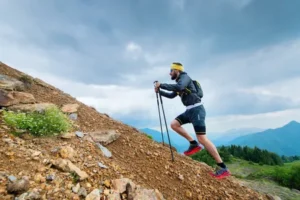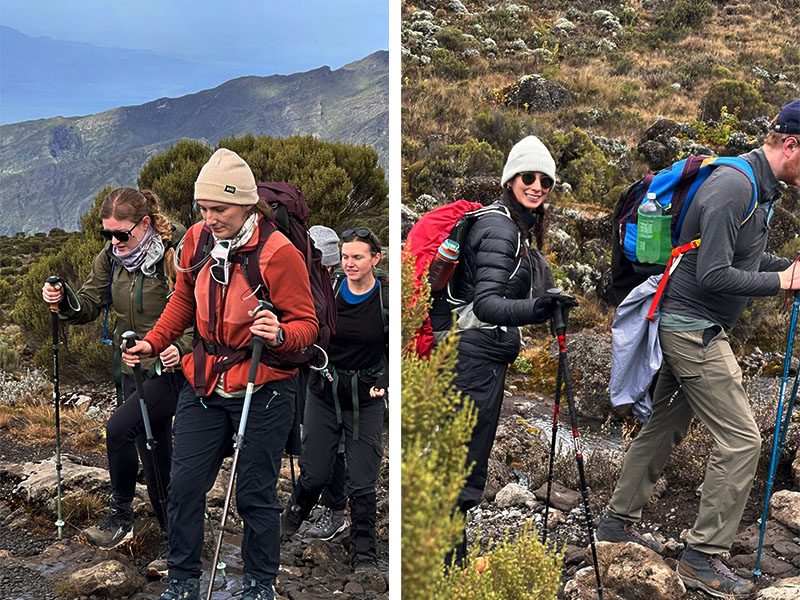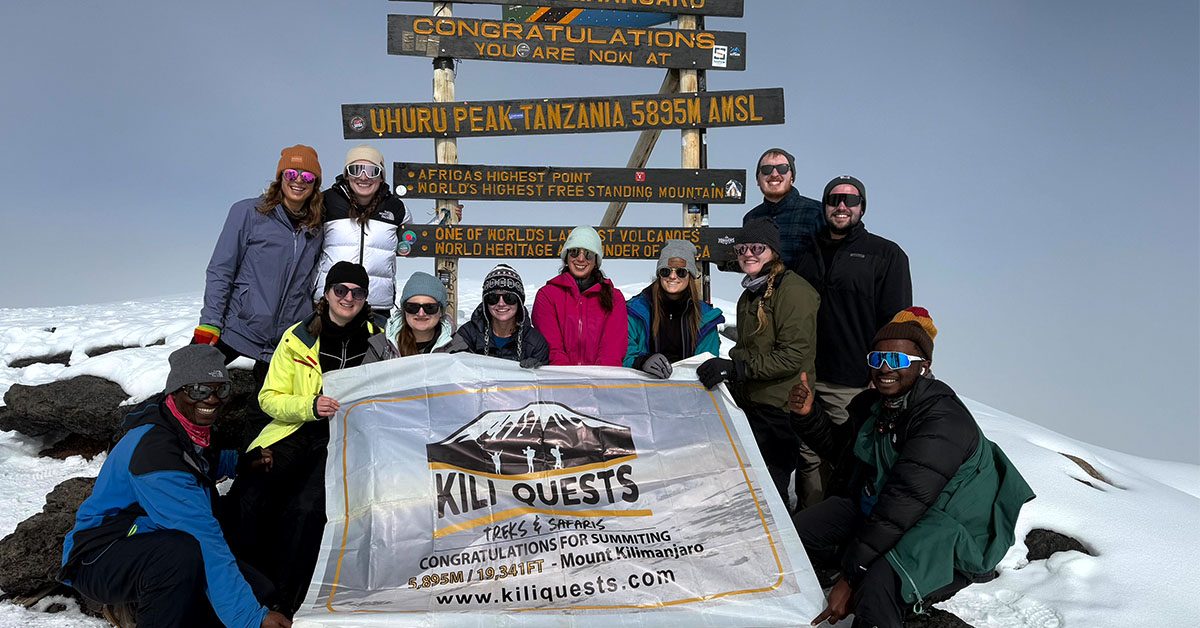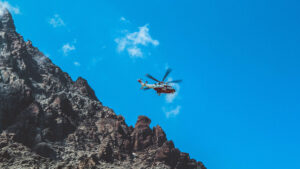
Climb Kilimanjaro: 6-Week Fitness & Training Guide
Table of Contents How to Train for Kilimanjaro: Your 6-Week Fitness Plan Climbing Mount Kilimanjaro is not just a trek — it’s a personal

If symptoms get worse, descent is the only safe treatment.
Anyone can. It doesn’t matter if you’re young or fit — altitude affects people differently.However, you’re at higher risk if:



Table of Contents How to Train for Kilimanjaro: Your 6-Week Fitness Plan Climbing Mount Kilimanjaro is not just a trek — it’s a personal

Table of Contents Post-Hike Muscle Care: Stretching Tips for Kilimanjaro Trekkers | Kili Quests Climbing Mount Kilimanjaro is an incredible achievement — but the

Table of Contents The Best Medical Insurance for Kilimanjaro Treks: What You Need to Know for Emergencies | Kili Quests Climbing Mount Kilimanjaro is
@2025 Kili Quests. All rights reserved.